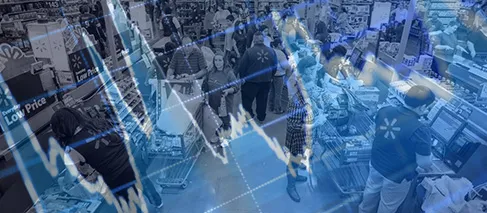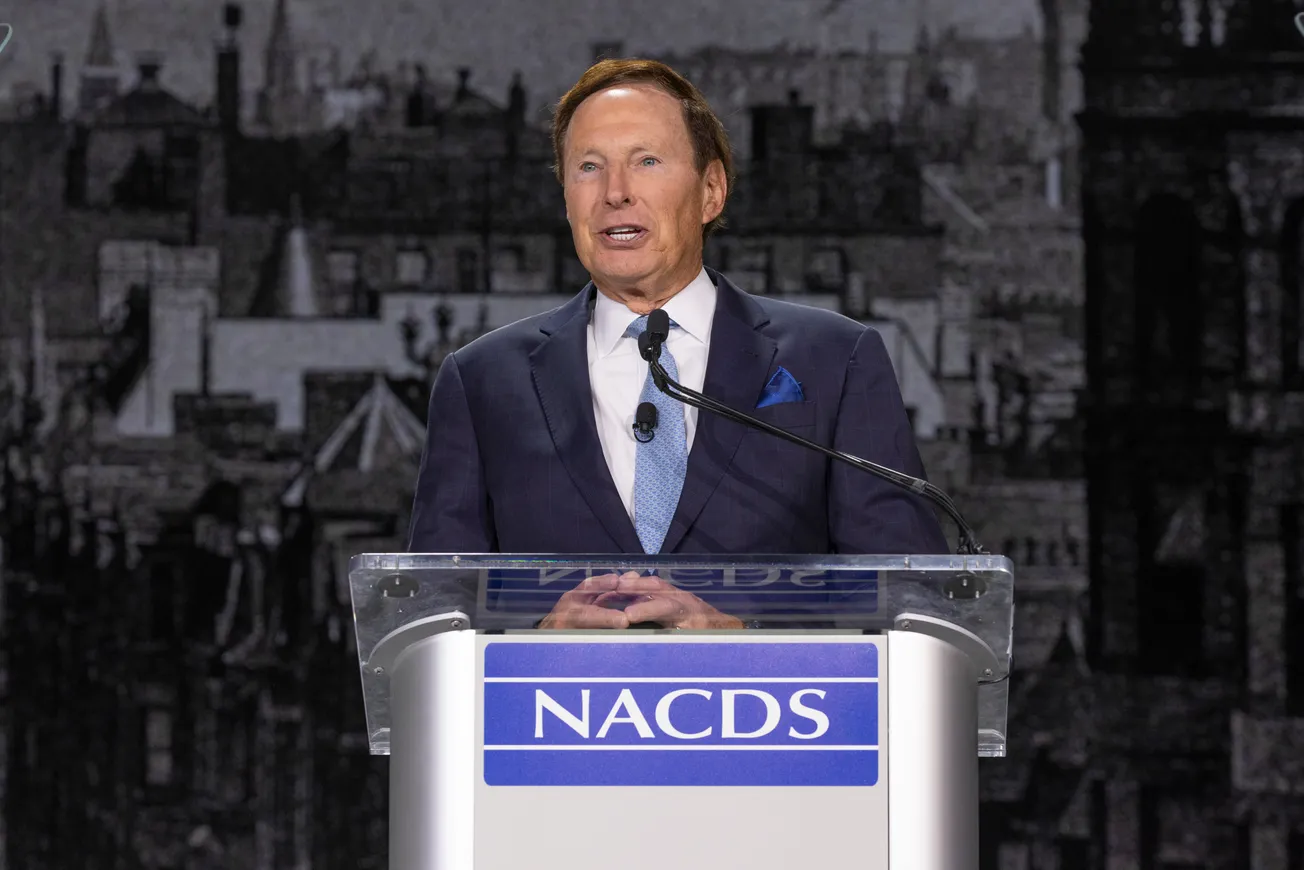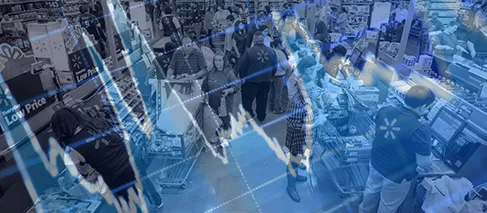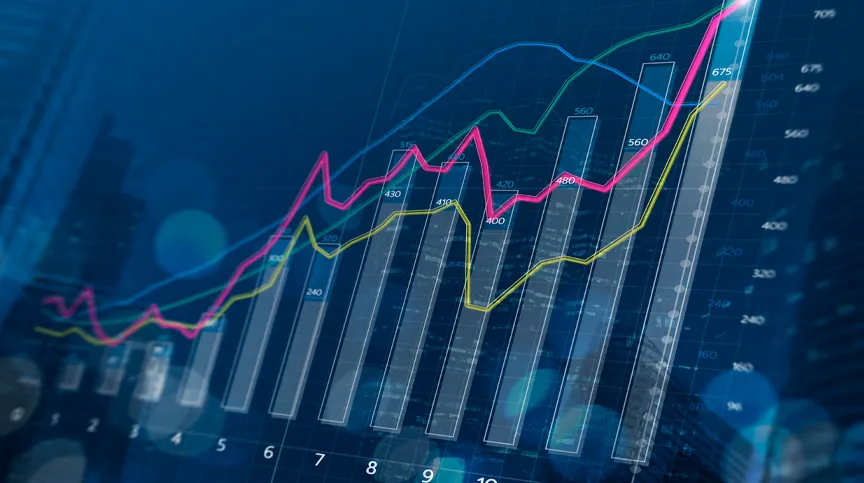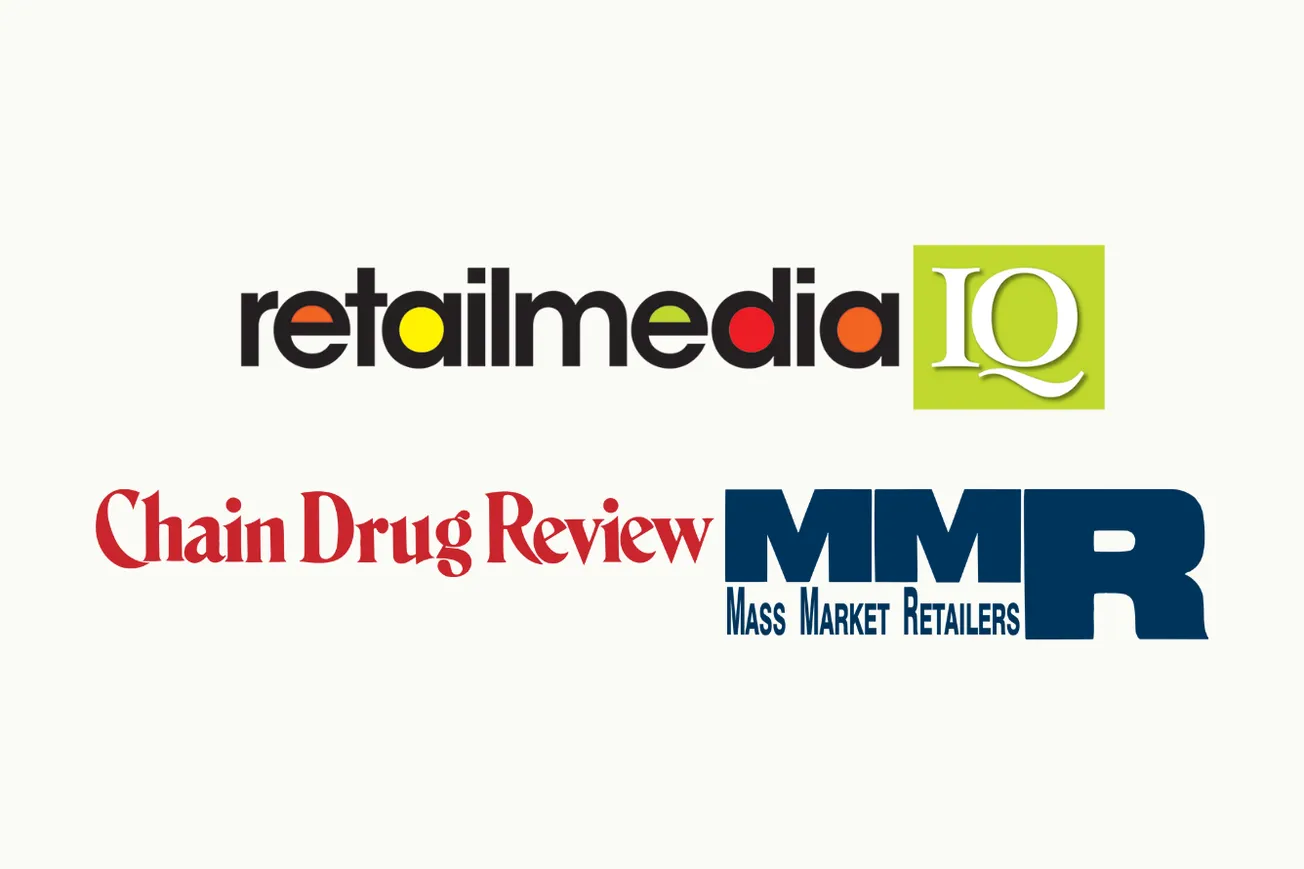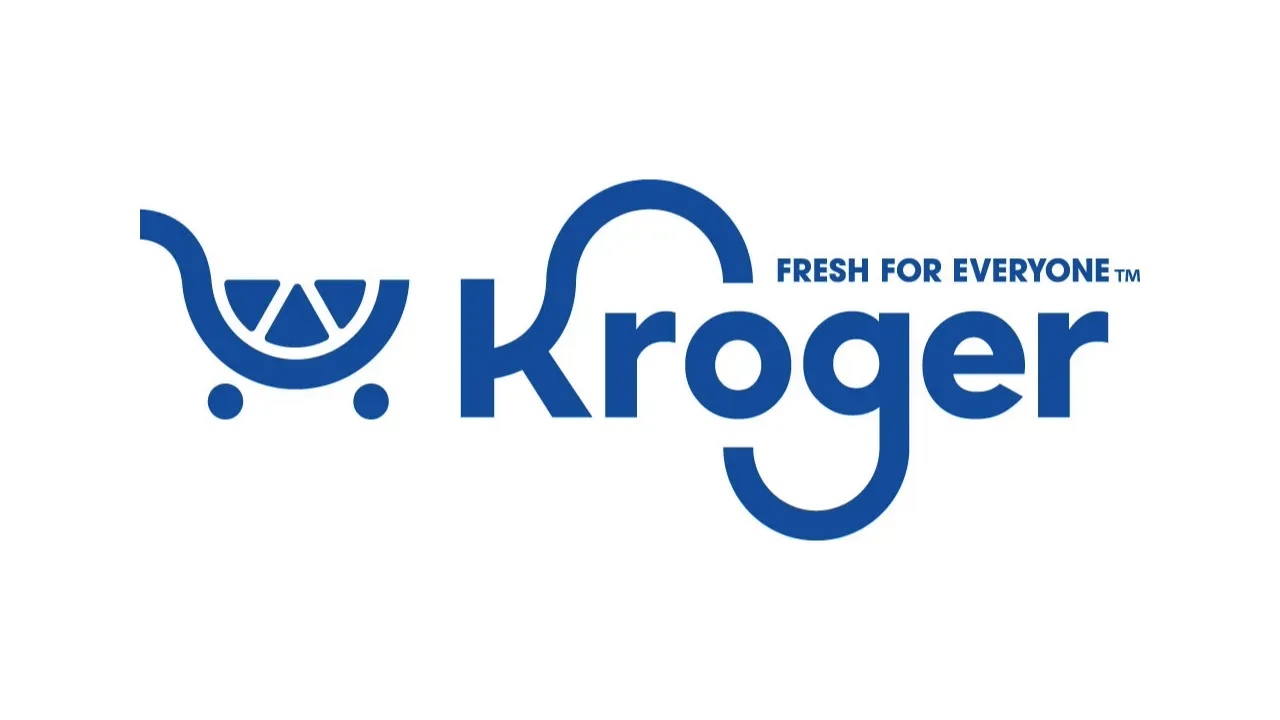CHICAGO – U.S. retail sales revenue rose 2% in May, according to Circana, which notes that the overall sales figure includes both discretionary general merchandise and consumer packaged goods (CPG).
Circana, formerly IRI and The NPD Group, points out that the increase, compared to May 2022, came primarily from food and beverage CPG spending, which saw a 5% increase in sales revenue over last year and a 2% unit sales decline. Non-edible CPG sales revenue grew by 2%, while unit sales fell by 4%. Decreased spending on discretionary general merchandise continued through May, with a 5% decline in sales revenue and an 8% decline in units.
 “Consumers are engaged and spending, just not at full throttle,” said Marshal Cohen, chief retail industry advisor for Circana. “Directional spending shifts, coupled with unemployment elevation and recent air quality concerns in the U.S. could jolt a significant shift in consumer behavior. But, for the time being, consumers continue to seek little luxuries and are willing to pay a premium for most of their purchases.”
“Consumers are engaged and spending, just not at full throttle,” said Marshal Cohen, chief retail industry advisor for Circana. “Directional spending shifts, coupled with unemployment elevation and recent air quality concerns in the U.S. could jolt a significant shift in consumer behavior. But, for the time being, consumers continue to seek little luxuries and are willing to pay a premium for most of their purchases.”
Year-to-date through May, sales of apparel, technology, and other traditionally high-volume categories, declined from a year ago, but consumers did boost their spending on several industries. Prestige beauty was the only industry to exceed the sales growth noted in the food and beverage industry. Sales revenue increased by 16%, while mass-market beauty sales grew by 9%. Retail sales revenue from video games, homecare CPG, office supplies, automotive aftermarket products, health CPG, and floral CPG also grew. Aside from prestige beauty, the average selling price for each of these industries increased by 5% or more as unit sales declined.
Rising prices and declining consumer sentiment drove down discretionary general merchandise spending, but the anticipated shifts in where people shop during a period of economic uncertainty have not yet materialized. E-commerce gained the largest share of sales revenue so far this year, rising more than two share points, and department stores maintained a steady share of the market. Value-oriented options, like mass merchants, warehouse clubs, and off-price retailers, have yet to gain the expected levels of additional consumer attention.
However, the ways consumers are adjusting CPG purchases indicate that changes are brewing. While overall spending remains elevated because of inflation, consumers are approaching their shopping trips differently. For example, the average number of items purchased in a shopping trip this year is smaller than it was last year. Consumers have also begun their migration to more value-focused retail options. These changes in CPG shopping behavior are likely a precursor of the changes on the horizon for the rest of the retail industry.
“Price is certainly part of today’s consumer spending story, but it is not the leading force,” said Cohen, “Consumers are willing to spend if they are presented with something that’s new or delivers greater value, extending the window of opportunity for manufacturers and retailers to make a move and elevate consumer engagement before the tide turns.”


